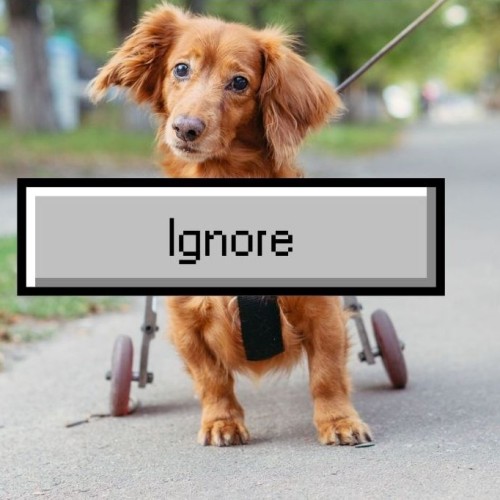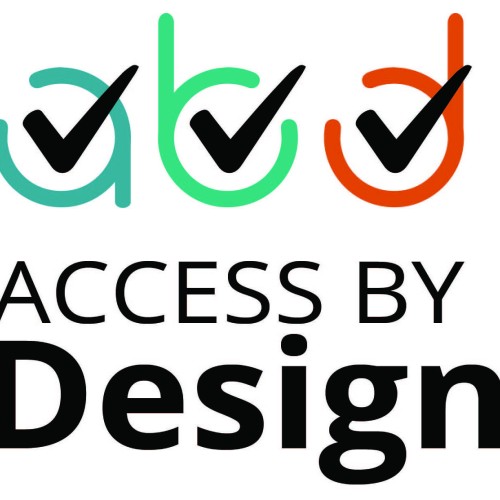Helping the Scottish Parliament with their Digital Accessibility

A very different experience
We usually get called in to work with an organisation after launching their website, often up to a year later. Occasionally we will get involved sooner, such as before a website is about to be launched. In all of these cases, however, the costs of remedial works are often considerable. However, our recent involvement with the Scottish Parliament was very different indeed.
The Scottish Parliament were looking to develop its Member’s Expenses tool. Each of the UK Parliaments has its own tool, allowing members of the public to look up how much an elected politician claims in expenses. This could be over a period of time, it could be on a specific category or set of categories (such as hotel accommodation, travel and dining) and could include a range of politicians, rather just one individual.
Involved from the beginning
The brief given to the agency that developed the new tool was clear: accessibility was to be at its heart. We were contacted last year as they wished for our involvement from the outset. This was, of course, rather gratifying. This also meant that the required level of remedial work should be much less than normal, as we were involved from the start.
Website design is in itself rather subjective. When we are looking at digital accessibility, we go to considerable lengths to reassure the agency that we are not looking to make subjective comments on their designs, unless it specifically affects accessibility. Our concerns are always to ensure that it worked for as many people as possible.
Reviewing existing tools
Our first meeting with the agency consisted of us looking at the existing members’ expense tools on all 4 of the UK parliament websites. We discussed each one and I highlighted the strengths and weaknesses of each, from an accessibility point of view. Nothing had been designed at this point.
The second meeting was spent looking at a set of static designs they had created. I went through them, highlighting where the potential pitfalls could be, once it had been built.
At the third meeting, I was able to review a prototype they had created. It was a set of simple wireframes that focussed purely on the functionality and user journey, using a small set of user data that had been pulled off the live site.
The fundamentals had been covered. Now what?
I did not hear from the developers again for at least 4 months. I then received an email, informing me that they were now ready for an audit from myself and my team of disabled testers.
I was delighted to find that, in many ways, the standard of accessibility was very high indeed and everything I had suggested had been implemented. After spending time checking the website myself, I then invited my amazing team to review it.
It is only through the lived experience of disabled people that you can truly know how accessible a website actually is and, yet again, this was proved when they tested the tool.
A much higher standard!
The Team were very complimentary about how well it had been built but there was still some accessibility glitches. These tended to focus more on consistency. For example, tabbing behaviour (using the tab key to navigate around the tool) worked in different ways on different pages, such as whether links were underlined or not. There were also instances when all of the MSPs were selected by default with one type of search and none were selected if you searched in another way. Visually, it was clear what had been automatically selected but for users of screen readers, there was no way of knowing.
The developers took on board our feedback and I am very pleased to see the expenses tool is now live. It can be viewed by following this link: https://mspallowances.parliament.scot/
Did you notice this?
You may also notice that the tool has a very different accessibility tool to the rest of the website.
That will be the subject of our next blog!
Would you like to find out more?
If you would like to find out more about website accessibility, please follow these links:
Watch my TED Talk
Find out more about website accessibility audits
Discuss having an accessibility audit of your website
Have a 1-hour consultation on any aspect of website accessibility
Clive Loseby
Access by Design
Beautiful, WCAG Compliant, Accessible Website Design
Delivering an Outstanding Website Accessibility Audit
Award-winning Web Design, Chichester




